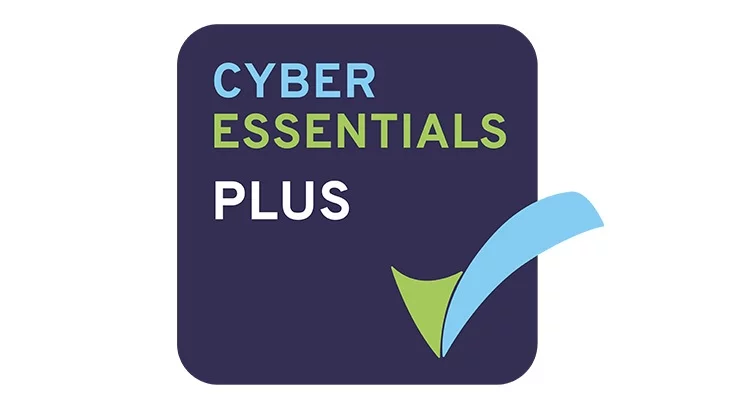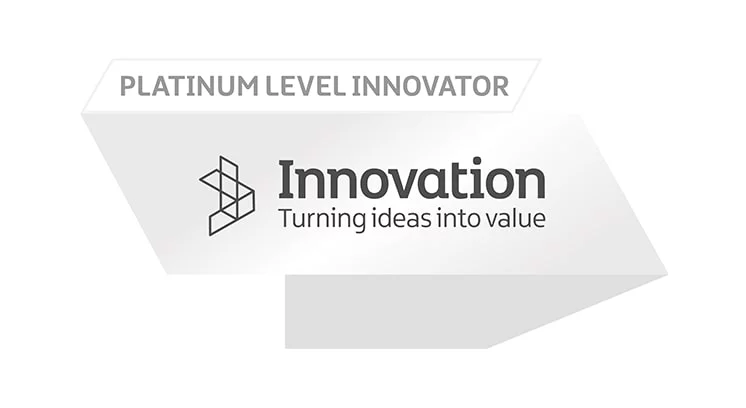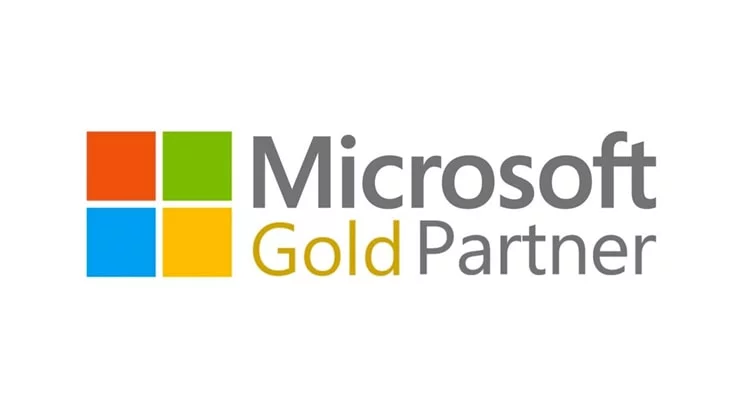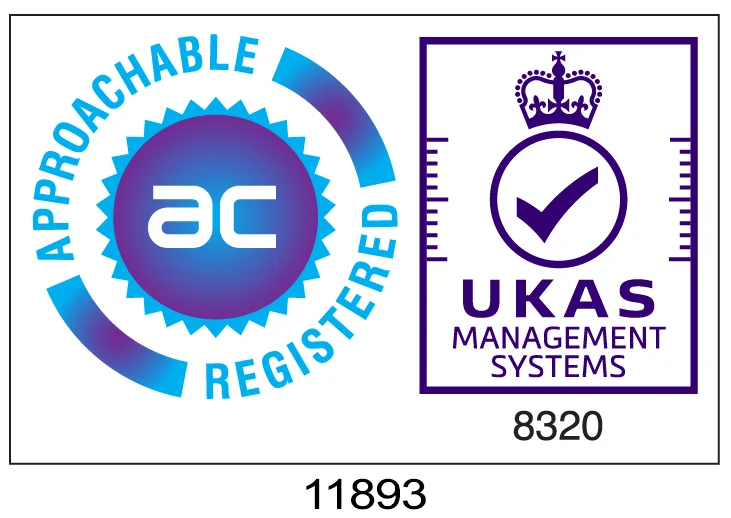Workforce Scheduling Software
Smarter schedules. Happier staff. Lower costs
-
Save hours on admin: Replace spreadsheets, emails, and phone calls with one central system.
-
Stay in control of changes: Handle absences, urgent jobs, and last-minute adjustments quickly and accurately.
-
Keep staff engaged: Give employees visibility and control over their schedules, improving staff satisfaction and retention.
What is workforce scheduling software?
Smart scheduling software is a tool that helps organisations plan, assign, and manage staff tasks efficiently. Unlike traditional spreadsheets and phone calls, field service scheduling software centralises schedules in one place and provides real-time visibility of who is working, where, and on what.
The software typically allows teams to:
-
Create and update shift schedules for multiple employees and locations
-
Allocate tasks according to skills, qualifications, or certifications
-
Adjust schedules in response to absences, urgent tasks, or operational changes
-
Monitor ongoing tasks, track staff locations, and maintain accurate records
Why is field service scheduling software important?
Scheduling is more than just putting names on a rota. Poor scheduling can lead to overtime, missed shifts, unhappy employees, and even lost customers. For example, relying on spreadsheets or phone calls often causes confusion, errors, and last-minute staffing shortages.
With workforce scheduling software, teams can:
-
Reduce admin work: Managers spend less time planning shifts and more time focusing on operations.
-
Improve employee satisfaction: Staff can see their schedules, request changes, and swap shifts, creating a more flexible work environment.
-
Ensure compliance: Scheduling software helps businesses adhere to UK labour laws, including working hours, breaks, and rest periods.
-
Increase operational efficiency: By aligning employee skills with the right tasks, businesses can optimise performance and cut unnecessary labour costs.
Learn how workforce scheduling software supports healthcare, utilities, and emergency services
Core features in workforce scheduling software
Workforce scheduling software isn’t just about building rotas. It provides tools to manage complex staffing needs across multiple locations and roles.
Here are some of the core features that job scheduling software offer:
Smart Assignment
Assign employees based on qualifications, skills, and certifications. For example, field engineer scheduling software ensures the right engineer is sent to each job, improving customer satisfaction and operational efficiency.
Real-Time Updates
Unplanned absences, urgent requests, or last-minute changes are inevitable. Mobile workforce scheduling software allows managers and employees to update schedules instantly, preventing coverage gaps and improving communication.
Self-Service Tools
Give staff flexibility over their own schedules. Employees can swap shifts, update availability, and request leave without constant manager intervention, freeing up admin work.
Leave and Absence Management
Avoid understaffing or overstaffing by keeping track of holidays, sick leave, and other absences. The software ensures coverage remains consistent while respecting employee needs.
Reporting and Analytics
Monitor labour costs, identify scheduling inefficiencies, and make informed decisions. Scheduling optimisation software can highlight trends, forecast demand, and prevent costly errors.
What can dynamic scheduling software deliver for your organisation?
Organisations using our workforce scheduling experience:
- A reduced carbon footprint thanks to more efficient scheduling
- 25% reduction in operational staff costs
- 50% reduction in the number of missed appointments
- 20% more appointments completed


Benefits of workforce scheduling software
Using workforce scheduling software delivers measurable benefits across your business:
-
Cost Savings: Reduce overtime, travel, and administrative overheads.
-
Enhanced Productivity: Employees spend more time working and less time idle or waiting.
-
Better Customer Service: Skilled employees are matched to tasks, ensuring high-quality delivery.
-
Greater Flexibility: Easily handle shift swaps, absences, or seasonal demand changes.
-
Stronger Employee Engagement: Empower staff with visibility and control over their schedules.
Who benefits from scheduling software?
Workforce scheduling applies to a wide range of industries and roles, including:
- Healthcare providers: Ensure safe staffing levels across wards, clinics, and care visits.
- Utilities and engineering: Assign the right field engineers to urgent or complex jobs.
- Emergency services: React instantly to demand while maintaining regulatory compliance.
- Retail and hospitality: Balance staffing across busy and quiet periods to maximise service.
- Logistics and transport: Keep operations running smoothly across multiple sites and regions.
Workforce Scheduling Software FAQs
What is the difference between workforce scheduling and rostering?
Workforce scheduling is about matching the right employees to the right tasks at the right time. It often includes real-time updates, workload balancing, and compliance tracking. Rostering usually focuses on creating a basic shift plan or rota. Modern scheduling software combines both, giving organisations more flexibility and control.
How does workforce scheduling software save time compared to spreadsheets?
Spreadsheets require manual updates, which can be time-consuming and error-prone. Scheduling software automates routine tasks like assigning shifts, handling availability, and updating changes in real time. This reduces admin work from hours to minutes, especially for larger teams or multi-site operations.
Can workforce scheduling software handle last-minute changes?
Yes. Smart scheduling solutions allow managers to update schedules instantly and notify staff via mobile or desktop. If someone calls in sick, the system can suggest replacements based on skills, availability, and location, avoiding disruption to service.
What is the best workforce scheduling software?
The best workforce scheduling software depends on your organisation’s size, industry, and scheduling needs. The most effective solutions allow you to match the right person to the right job, adapt schedules in real time, reduce travel time, and provide visibility across teams. Instead of relying on manual spreadsheets, modern platforms centralise everything, helping you cut costs and improve employee satisfaction.
Is there free employee scheduling software?
Yes, there are free employee scheduling tools available, often aimed at very small businesses. These can be useful if you have just a handful of staff and simple shift patterns. However, free versions usually lack advanced features such as real-time updates, compliance tracking, or reporting. Larger organisations typically outgrow free tools and benefit more from scalable workforce scheduling software that supports complex operations.
What is the best employee scheduling app?
The best employee scheduling app is one that lets managers and staff access schedules anytime, anywhere. Look for features like shift swapping, real-time updates, and push notifications to keep teams informed. Apps that integrate with workforce scheduling platforms provide greater control and visibility compared to standalone mobile tools, making them more reliable for larger or distributed teams.
Take control of your workforce scheduling today
What could your team achieve with smarter, stress-free scheduling?






